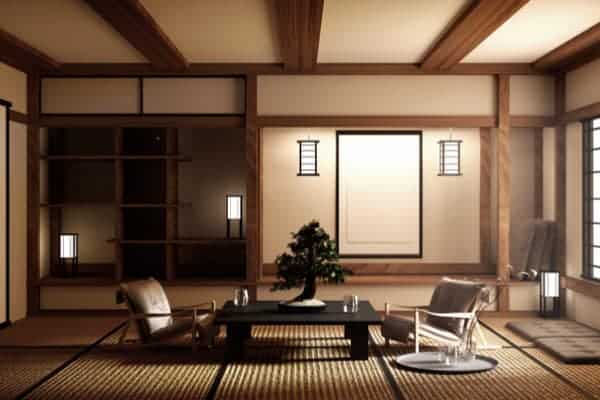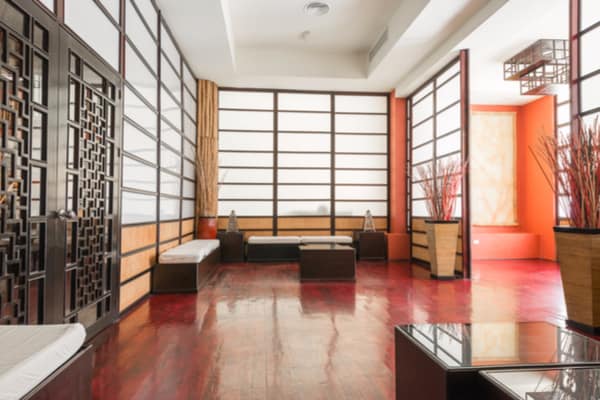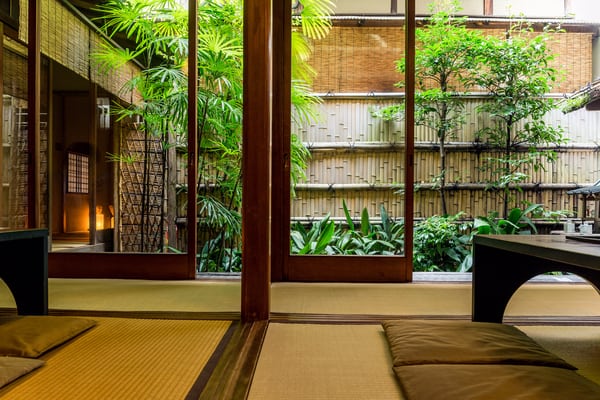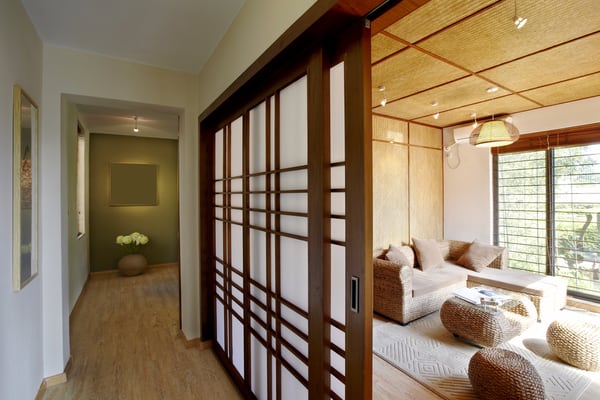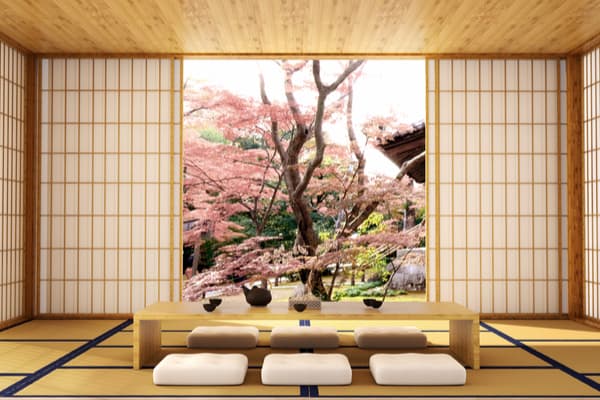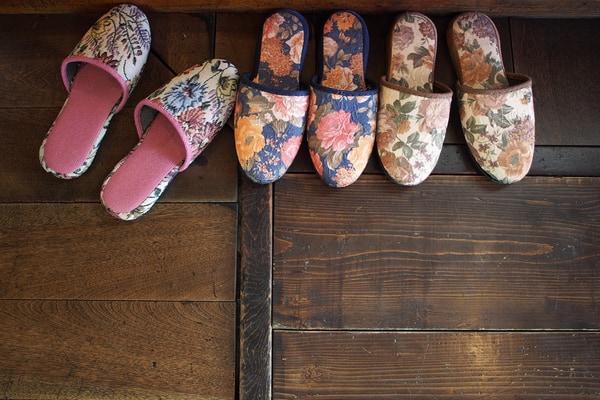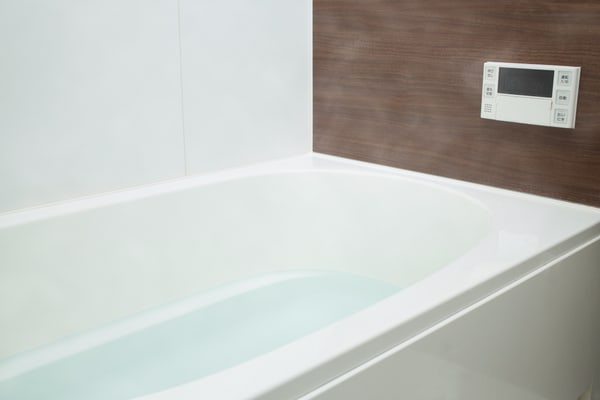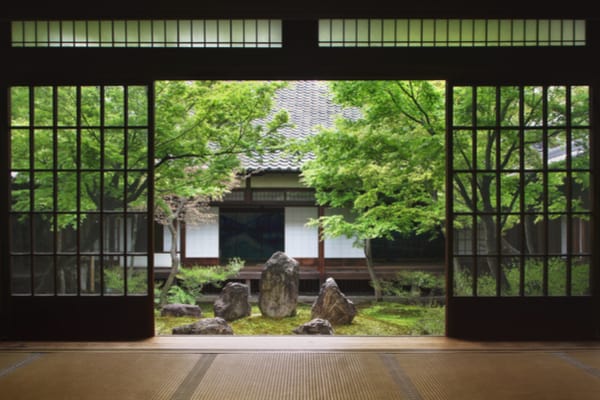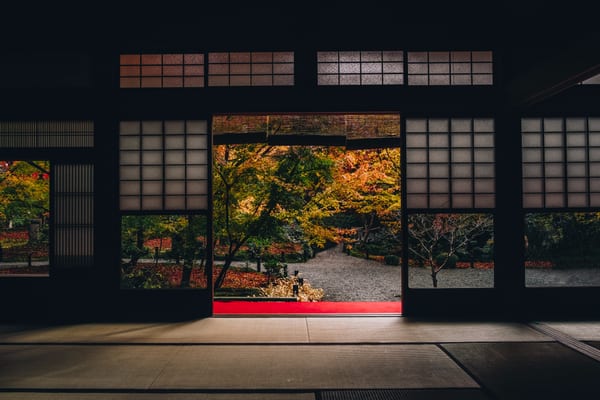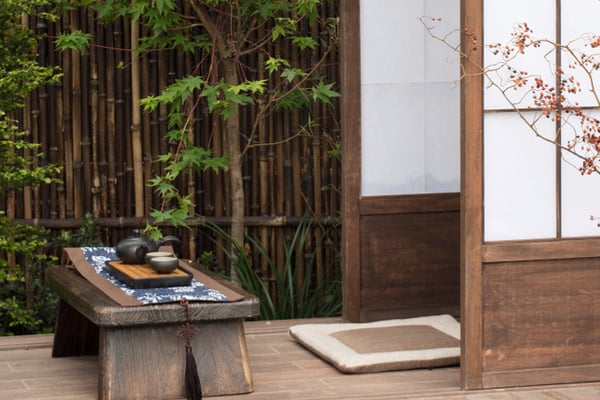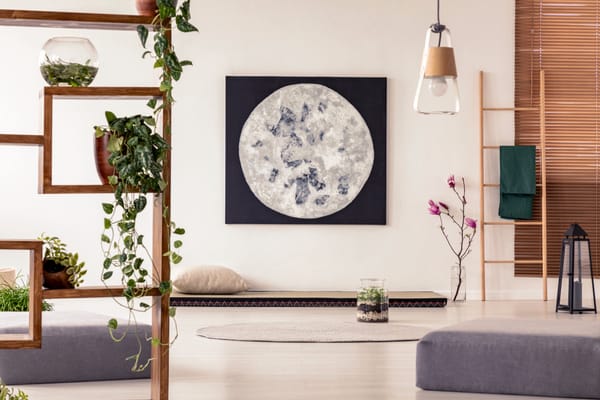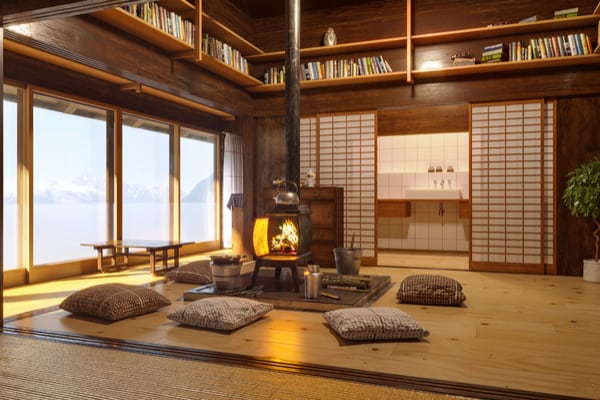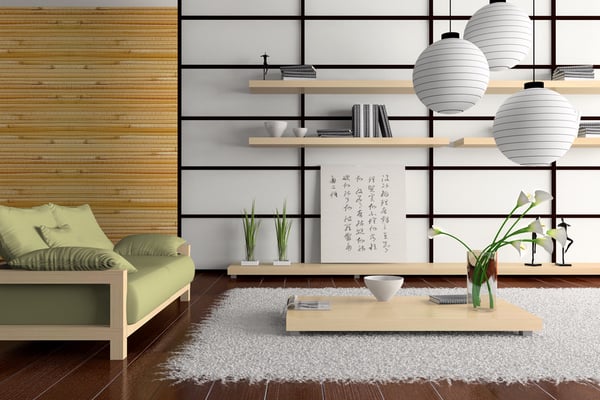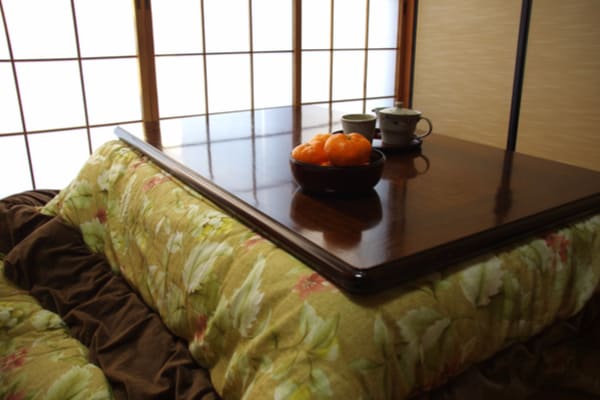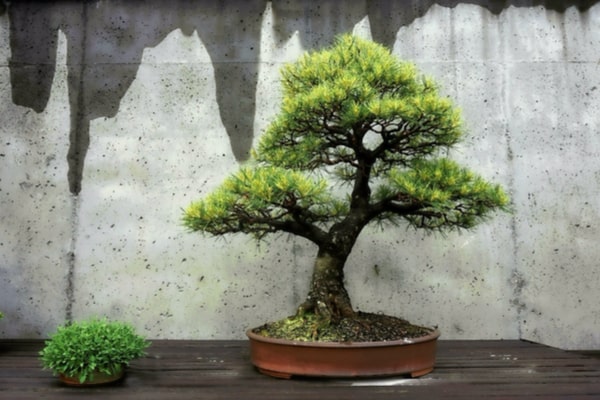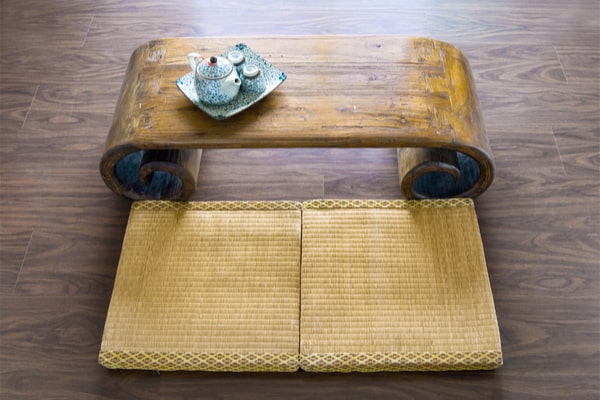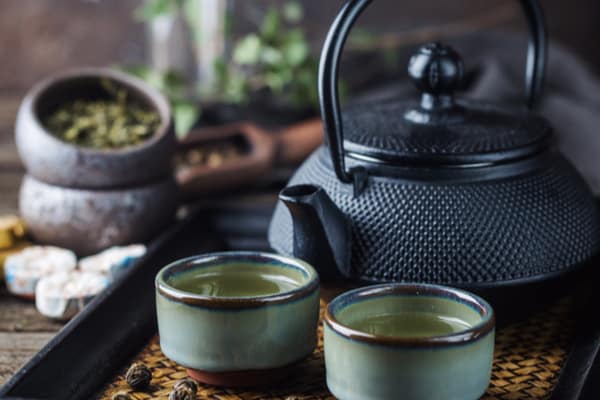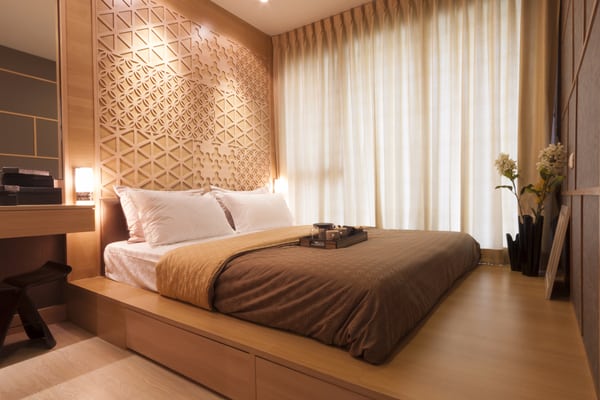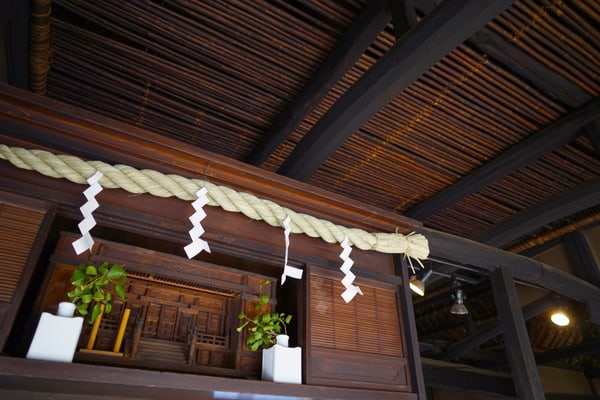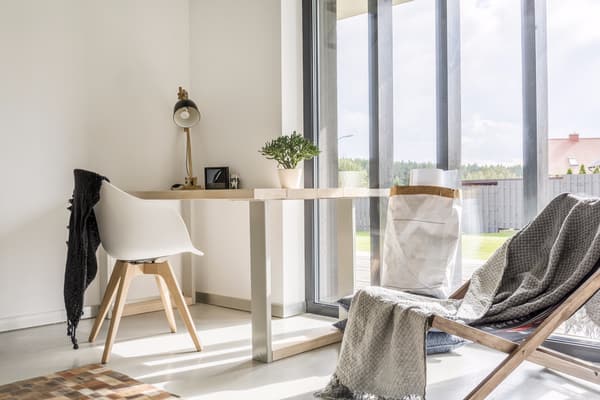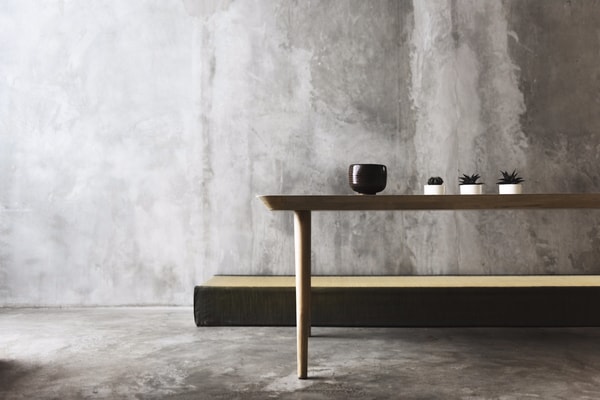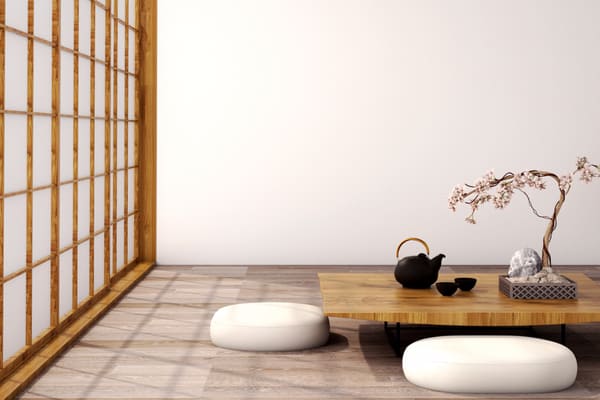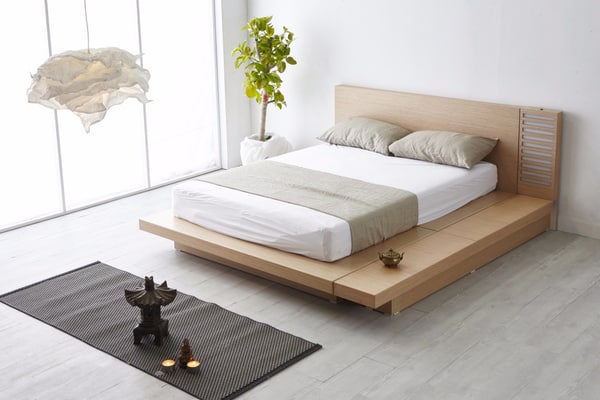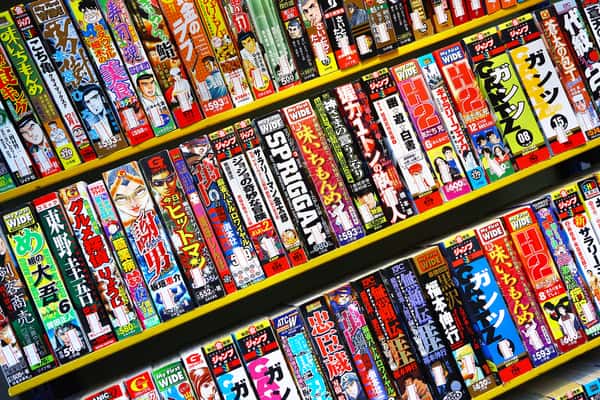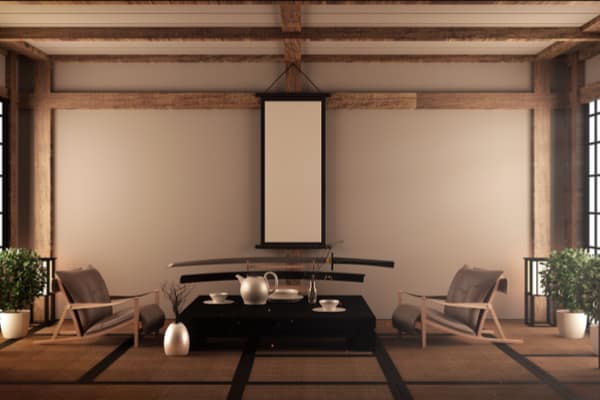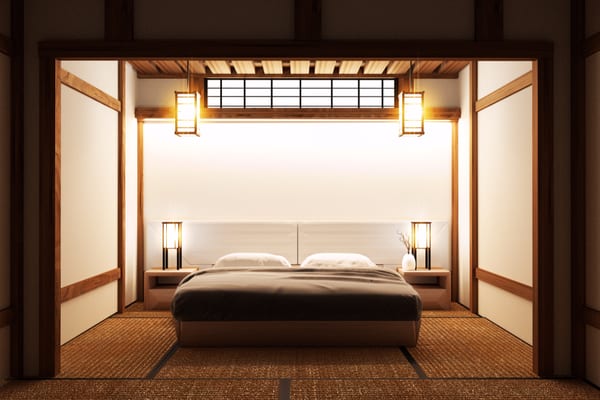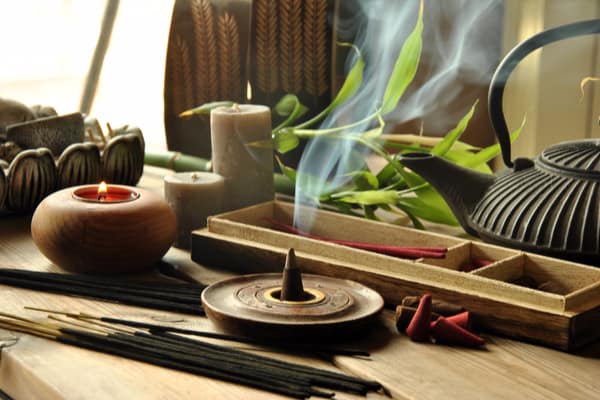Japan is a beautiful country, and its people truly appreciate aesthetics. If you watch Japanese movies or anime, you have most likely seen their interior design and felt incredibly impressed. They tend to have a design called “Wabi-Sabi”, which means that there is perfection in the form of imperfection. To most people who come from Asian backgrounds, it is only natural to figure out how to emulate that style. But in English-speaking countries, most of us are not even sure where to begin when it comes to designing our homes to emulate Japanese styles. Here are 30 tips on how you can incorporate Japanese vibes into your living space.
30. Kintsugi Bowls
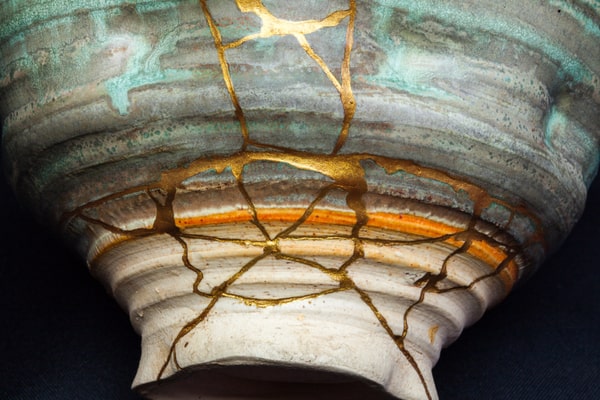
In Japan, there is a tradition called “kintsugi”, and it is a perfect example of how Japanese people incorporate “Wabi-Sabi” into their lives. This is a practice of taking a bowl, cup, or plate that has been broken, and putting it back together with a golden paste. This technique looks absolutely beautiful, and these pieces make great decor. You can find hand made kintsugi pieces on Etsy, or try to make your own.

